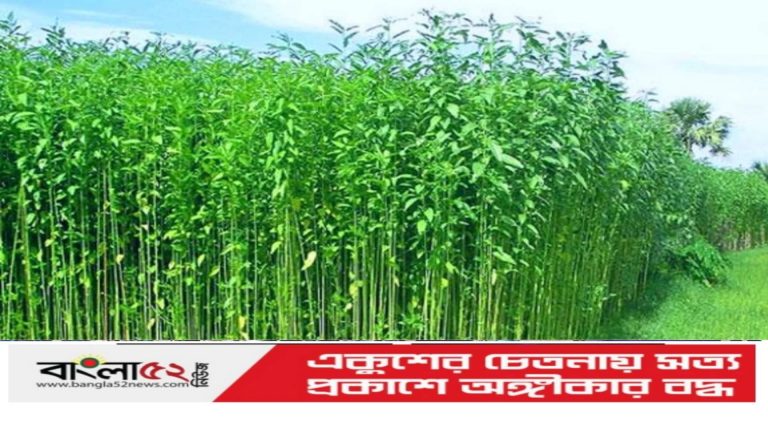Sujla-Sufla-Shashya-Shyamla Our fertile soil of this Bangladesh is very good for growing different plants. Many plants grow all over Bangladesh which are very beneficial for us. Jute plant is one such plant.
The tree is widely appreciated across the country and the entire world. Today we will know in detail about this golden fiber jute of Bangladesh.
Naming:
The word jute is believed to have originated from the Sanskrit word patta. Jute is English for Jute. Probably from the Uya or Indian Orissa language.
In Chittagong of our country, young or small jute is eaten as a vegetable. And it is called “Naris” vegetable.
Scientific Name:
The scientific name of jute plant is Corchorus spp.
The scientific name of the native white jute plant is Corchorus capsularis and the scientific name of the Tosha jute plant is Corchorus olitorius.
Family:
Jute tree is a plant belonging to the Tiliaceae family.Location:
Generally jute grows well in low land and swampy areas. But not in flooding.
Jute trees grow almost everywhere in Bangladesh. Faridpur, Tangail, Jessore, Dhaka, Shirajganj, Bogra and Jamalpur are the most affected.
Faridpur is called the capital of jute production.
Species:
4 species of jute are grown in the country.
1. Kenaf jute tree
2. Mesta jute tree
3. The native jute tree
4. Tosha jute tree
Kenaf and Mesta jute plants yield less. And desi and tosha jute trees are grown in large quantities.
Shapes:
Jute likli has a stemmed body and is fast growing. Grows up to 14 feet tall.
Jute leaves grow up to 15-20 inches long.
Structure and Features:
Jute is a fibrous dicot plant. This single-stemmed tree is green throughout.
The stem of the jute plant is very slender. Jute fiber is mainly obtained from the bark of this stem.
The leaves are long and broad, dark green, smooth and shiny.
Jute plants grow seeds. From which later jute cultivation is possible. Farmers grow crops again through proper processing.
Lifespan:
Jute is a perennial plant. Its lifespan is from 100 to 120 days.
Jute fiber:
Jute fiber is mainly composed of cellulose and lignin. Usually the jute plant is de-fibered by soaking it in water in an organic process.
Jute fiber is soft, shiny and shiny. The fibers are up to 1-4 meters long.
Single fibers are up to 17-20 microns thick.
Among the 4 types of jute, Tosha, Desi, Kenaf and Mesta, the fiber of Tosha jute is the most delicate, smooth and hard.
Cultivation of Jute:
Jute cultivation begins in the pre-monsoon season of Chaitra-Baishakh. Loamy soils that do not retain rainwater for long are more suitable for jute cultivation.
Jute plant is purely a monsoon crop. At least 250 mm of rain per month is required for good yield.
Jute does not require much fertilizer to grow well. Only urea fertilizer works.
So it is possible to grow a lot of crops at a relatively low cost.
Methods of extracting fibers from jute:
Jute fiber is mainly composed of cellulose and lignin. Fiber is usually obtained by soaking the jute plant in water in an organic process.
Farmers start cutting jute plants after 4-5 months of planting. In the rainy season of Asadha-Shravan month.
After cutting, Antibadha jute plants are usually raised in the water bodies near the banks. …………









